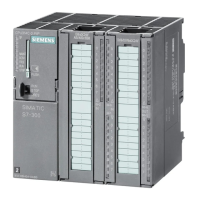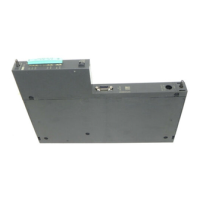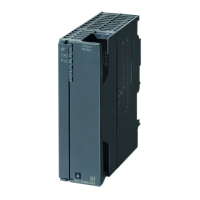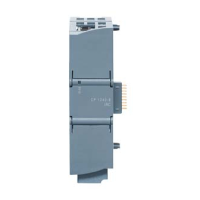Cycle and reaction times
5.3 Response time
CPU 31xC and CPU 31x, Technical Data
Manual, 01/2006 Edition, A5E00105475-06
5-13
Tips and notes
The upper graphic already includes the use of uniform values for the transfer frequency of all
interconnections to a partner.
• The performance can drop by up to 50 % if the values are distributed to different
frequency levels.
• The use of data structures and arrays in an interconnection instead of many single
interconnections with simple data structures increases the performance.
5.3 5.3 Response time
5.3.1 Overview
Definition of response time
The response time is the time between the detection of an input signal and the change of a
linked output signal.
Fluctuation width
The physical response time lies between the shortest and the longest response time. You
must always reckon with the longest response time when configuring your system.
The shortest and longest response times are shown below, to give you an idea of the
fluctuation width of the response time.
Factors
The response time depends on the cycle time and following factors:
• Delay of the inputs and outputs of signal modules or integrated I/O.
• Additional update times for PROFINET IO
• additional DP cycle times on PROFIBUS DP
• Execution in the user program
Reference
• The delay times are located in the specifications of the signal modules (
Module data
Reference Manual).
Update times for PROFINET IO
If you configured your PROFINET IO system in STEP 7, STEP 7 calculates the update time
for PROFINET IO. You can then view the PROFINET IO update times on your PG.
